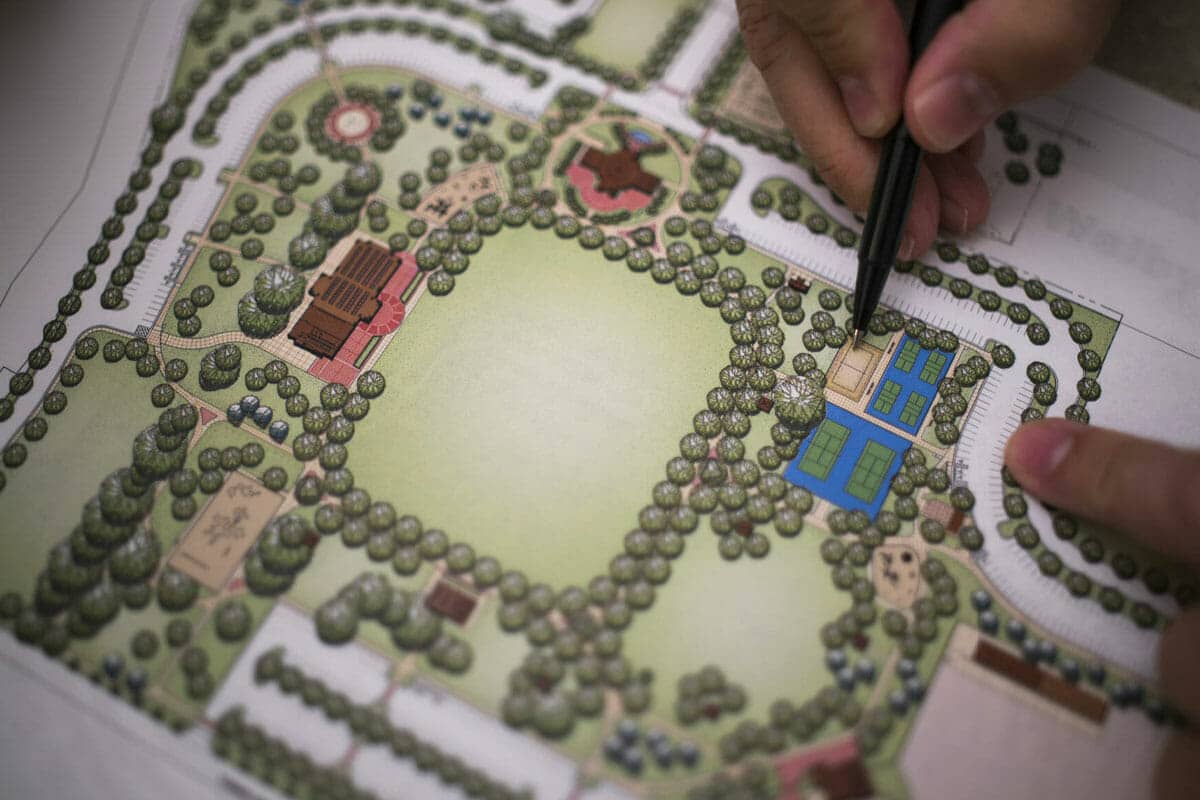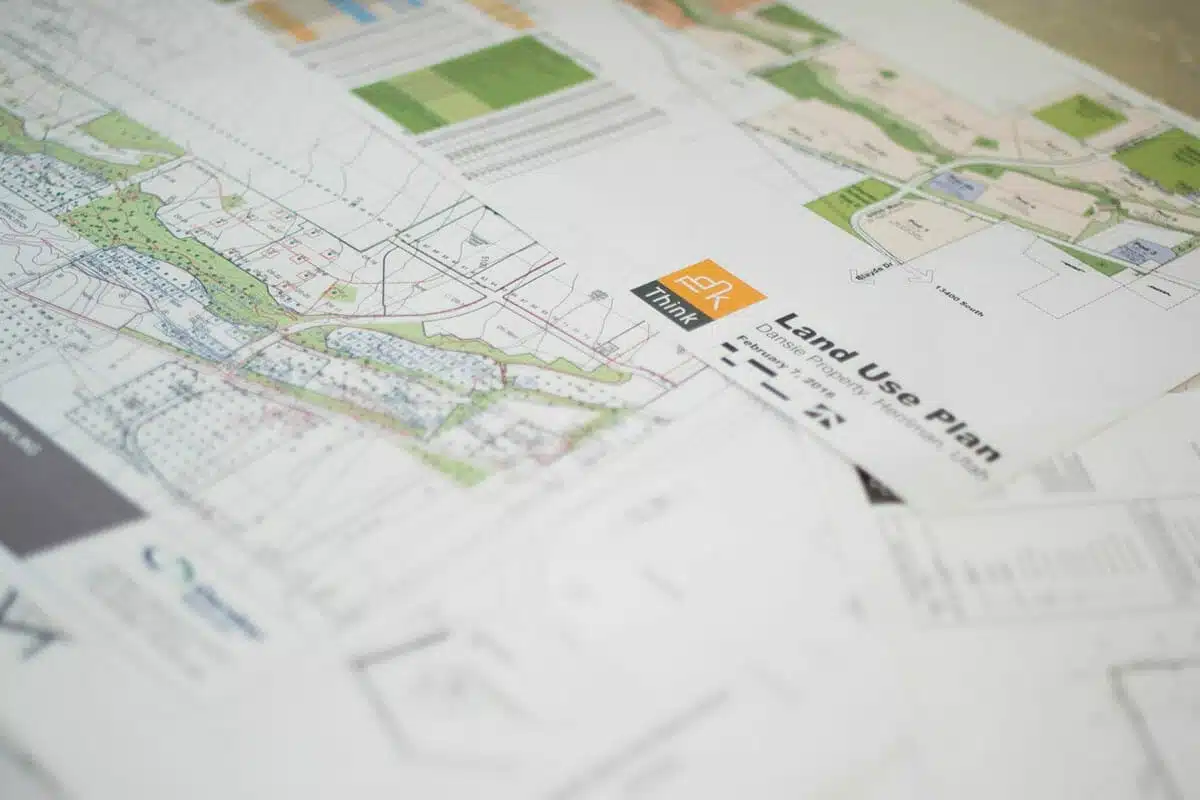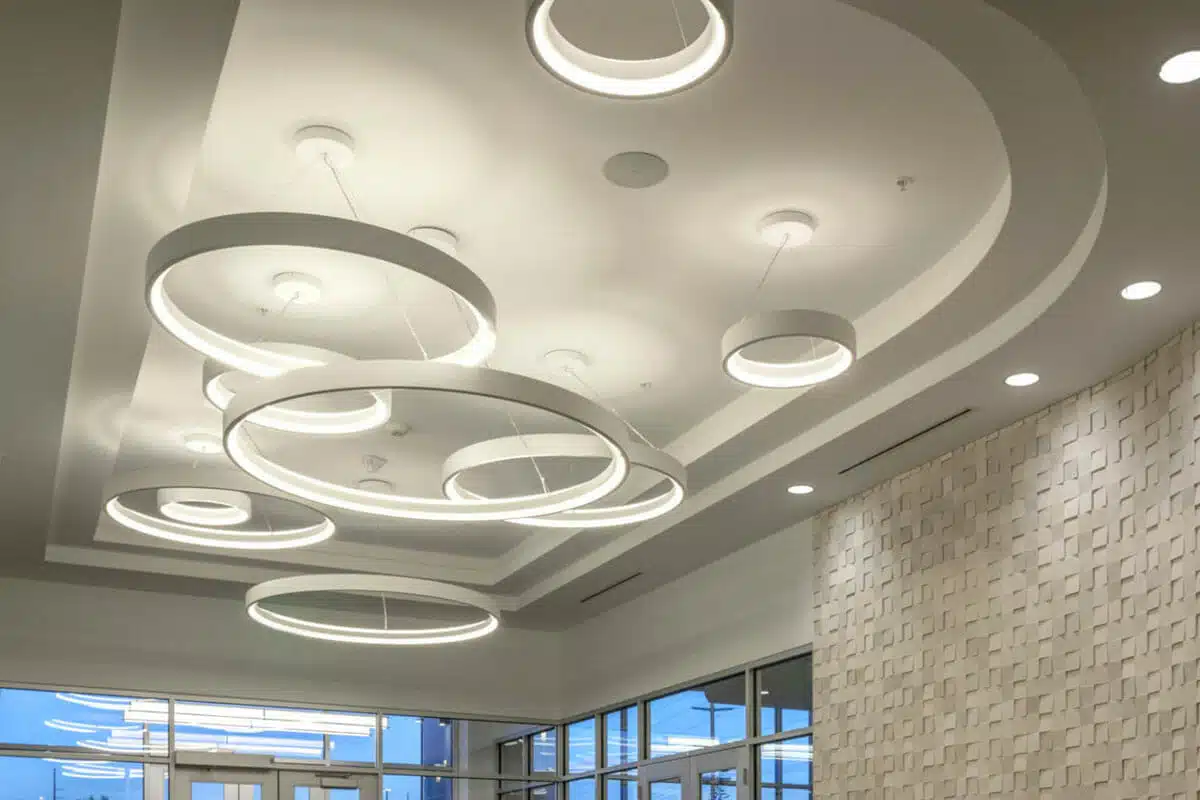Where Affordable Meets Sustainable: Enterprise Green Compliance
It is no secret that climate change and its adverse effects are an increasingly relevant topic in both urban and rural communities across the United States. Every corner of the country has experienced drastic weather patterns that have been attributed to climate change. For example, in 2021, once-in-a-lifetime winter storms knocked out power in Texas while intense wildfires blazed across much of the West.
What is more controversial are the conversations on how to make a difference — particularly when it comes to protecting the socioeconomically disadvantaged populations that feel the adverse effects of climate change most keenly. Enterprise Green Communities and Green Community developers are a part of the solution to these complex problems, providing affordable housing projects that are environmentally sustainable and focused on residents’ health and well-being.
What are Enterprise Green Communities?
Enterprise Green Communities are a national nonprofit organization that was created with and for the affordable housing sector. This organization was founded in 2004 and collaborates with developers, investors, builders, policymakers, health care practitioners, and other stakeholders to provide quality, sustainable housing for individuals.
Enterprise Green Communities are promoted in 31 states, including Utah, through the federal Low-Income Housing Tax Credit program. An Enterprise Green Communities certification is available to any housing development in the United States which offers affordable living solutions designed to support a lower carbon footprint. The 2020 Green Communities Criteria are the newest version of the award-winning standards aimed at further reducing emissions and recognizing developers who are moving toward or achieving zero-energy homes.
Thus far, Enterprise Green Communities have created healthy, sustainable, and affordable homes for over 1 million people. They have also saved owners and residents over $10 million in energy costs, prevented 28,000 tons of CO2 emissions, and preserved close to 15 billion gallons of water. The high standards set by the Enterprise Green Communities certification will continue to benefit the environment, builders, and residents far into the future.

What are the Green Communities Criteria?
In order to qualify for Green Communities certification, developers must meet requirements in eight different categories. Certification is a two-step process that involves an online submission and review process prior to construction (pre-build) and after construction (post-build). Project teams submit a prebuild application during the final step of the design phase, prior to construction. Project teams must also submit a post-build application soon after the project receives a Certificate of Occupancy.
After the submission of each application, Enterprise Green Communities conducts a thorough review of the materials and provides feedback to the project team as necessary, clearly indicating whether the application was approved or needs further work.
Think Architecture is a Top 100 Green Building Design Firm that is well-versed both in the application process for Enterprise Green Communities and in the successful execution of Green Community projects.
From prebuild to postbuild, Think Architecture designs and builds eco-friendly affordable housing that meets and exceeds the required checklist. The following comprise the Enterprise Green Communities checklist and are explored more in detail in the following sections:
- Integrative Design
- Location and Neighborhood Fabric
- Site Improvement
- Water
- Operating Energy
- Materials
- Healthy Living Environment
- Operations, Maintenance, and Resident Engagement
Within these criteria, exceptions are sometimes made for rural, tribal, or small town developments. New construction projects have the most mandatory requirements, whereas the renovating of existing infrastructure offers more flexibility.

Integrative Design
Integrative design is a holistic approach to the pre-development process. Developers first complete a project priorities survey; their responses act as a guide to understanding the context, population, and environmental considerations that their project must address in order to create a complete and enlightened integrative design process.

Location and Neighborhood Fabric
The location of a developer’s project is the second vital aspect in Green Communities criteria. It includes mandatory requirements such as:
- Protecting sensitive sites, such as floodplains, ecosystems, and farmland
- Connecting to existing development and infrastructure
- Constructing compact development
- Locating development close to services and community resources
- Preserving and accessing open spaces
- Providing access to transit
- Providing access to broadband

Site Improvement
Developers are required to conduct an environmental site assessment to identify the potential environmental effects of their project and mitigate any negative effects. This is done through:
- Environmental remediation
- Minimization of disturbance during staging and construction
- Minimization of ecosystem disturbance and landscaping when necessary
- Surface stormwater management
- Efficient irrigation and water reuse

Water
Water conservation is an important part of a better, more sustainable future. Enterprise Green Communities require:
- Water conservation, including water-conserving fixtures
- High water quality
Optional criteria that earn more points for developers include:
- Water consumption and leak measurements
- Efficient plumbing layout and design
- Reuse of non-potable water
- Access to potable water during emergencies

Operating Energy
Green Communities certification criteria involve a third party when it comes to operating energy. The organization requires homes to be ENERGY STAR efficient, an independent process that verifies whether the home is energy-efficient and durable. This passes savings onto the homeowner in the forms of heating, cooling, hot water, lighting and appliances, and other operational costs.

Materials
The materials section encourages developers to keep in mind both the health of individuals and the environment when purchasing, installing, and disposing of building materials. This includes material components and potential chemical hazards, recycled materials, and moisture management.

Healthy Living Environment
A healthy living environment reduces residents’ exposure to toxins and promotes health and wellness. The requirements for this criteria include:
- Radon mitigation
- Lead hazard reduction in pre-1978 buildings
- Ventilation
- Garage isolation
- Integrated pest management
- Smoke-free policy
- Dehumidification

Operations, Maintenance, and Resident Engagement
The goal of these eight criteria is first, to improve the standard of living for residents in an environmentally friendly way and, second, to educate the residents on all of their available benefits. To this end, developers are required to use educational materials and orientations to help educate residents and staff on the different features that were designed to deliver health, economic, and environmental benefits and how to best realize those benefits in their lives.
Sustainable Enterprise Architecture
With the rapidly changing climate and its exacerbating effects, homeowners across the nation are increasingly interested in sustainable building or renovation. They are keen to lessen their carbon footprint, reduce their energy costs, and positively affect climate change for themselves and their neighbors. This is the future, not just a trend. Green affordable housing grants and support from Enterprise Green Compliance is not only the right thing to do, but it also improves economic feasibility for both the builder and homeowner.

Think Architecture: Utah Green Community Developers
Think Architecture is an environmentally-conscious developer serving 18 states in the U.S. Our creative approach and expertise to land analysis, planning, and interactive design creates well-planned, sustainable, and attractive spaces that meet or exceed Green Communities criteria. Contact Think Architecture about your Green Community Development project today to find out how to take your project to the next sustainable level.


